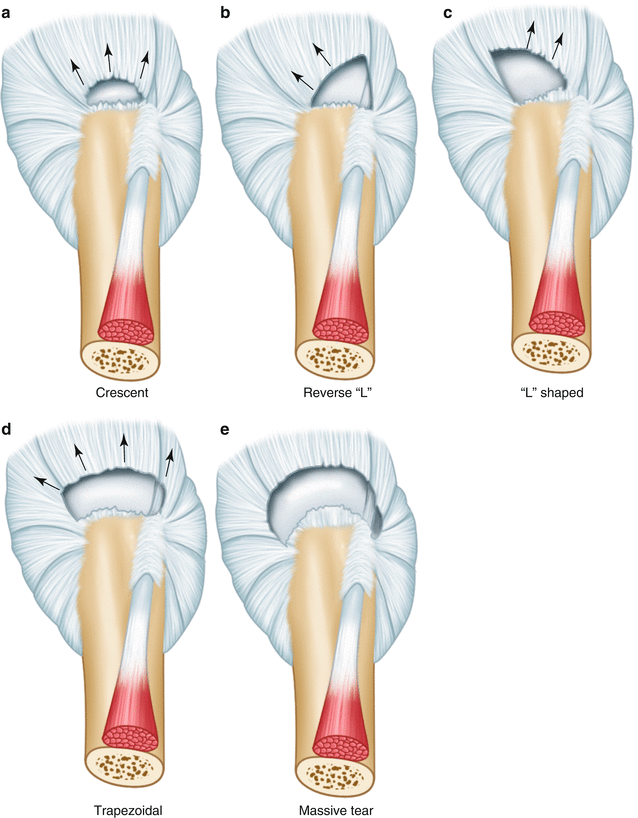1) What are the symptoms of degenerative rotator cuff tears?
Small rips in the degenerative rotator cuff may not cause any symptoms. In most cases, discomfort, stiffness, and a lack of strength are brought on by tears that have become bigger over time. Patients who suffer from complete degenerative rotator cuff tears have difficulty carrying out the activities necessary for day-to-day functioning. It may be highly challenging for these individuals to elevate their arms, pick up and hold items, and have trouble gripping things. Receiving a diagnosis is the preliminary step in the process of symptom management.
2) What are the symptoms of partial rotator cuff tears?
Individuals with partial rotator cuff injuries don’t always develop symptoms, but those who do may complain of shoulder aches. Lifting objects above shoulder level or far from the body is often the motion with the most significant discomfort associated with a partial rotator cuff injury. Such lifting puts a lot of strain on the shoulder. Cycling, lifting weights, swimming, and other exercises may not cause any pain. There is no evidence that prolonging the exercise will exacerbate the rupture, but if you feel pain, you could consider reducing it.
3) How is the surgical management of acute rotator cuff tears done?
One may be referred for surgical intervention if tears appear two weeks after the accident or continue to exhibit symptoms while receiving conservative treatment. Also, take into account surgical correction for significant and bigger tears.
Arthroscopy or an open technique may be used to do repairs, allowing a quicker recovery in more enormous tears. The prognosis after surgical repair is often highly favourable. However, individuals with severe or significant rips, age >65, poor compliance with rehabilitation regimens, or current smokers sometimes do not have the best results.
4) How is recovery after complete rotator cuff tear treatment surgery?
The patient should anticipate being less functional than usual for twelve weeks after rotator cuff surgery. After a rotator cuff repair, the shoulder should not be utilised for three months with the elbow extended. Lifting, pushing, tugging, and other everyday actions strain the rotator cuff and may put too much force on the repair, increasing the chance of the repair failing. Driving to stores and carrying out routine tasks might be challenging. Before surgery, arrangements must be made for any required help. Home assistance plans should be planned well in advance for persons who live alone or those who do not have easy access to aid.
5) What are the non-surgical methods to manage degenerative rotator cuff tears?
Rest: You’ll wear a sling or reduce shoulder-related activities.
Nonsteroidal anti-inflammatory medicines: NSAIDs such as ibuprofen might lessen discomfort and swelling.
Physical therapy: Specific exercises may strengthen your shoulder and help you regain your range of motion, flexibility, and a full range of motion. Your fitness regimen may also aid in shoulder pain relief and injury prevention.
Injections: A local anaesthetic or corticosteroid injection may sometimes ease uncomfortable symptoms. Corticosteroid is an anti-inflammatory medicine, and it is one of the most effective ways for managing cuff tear pain.

